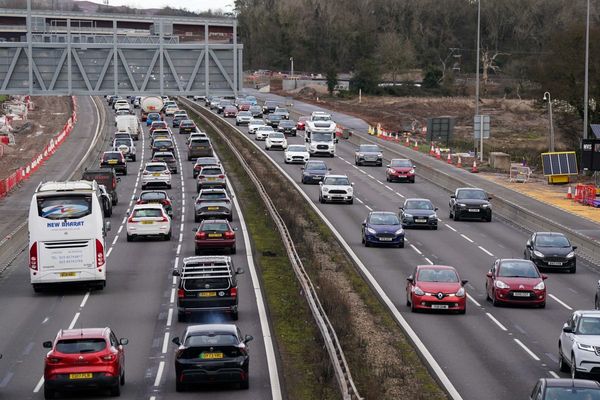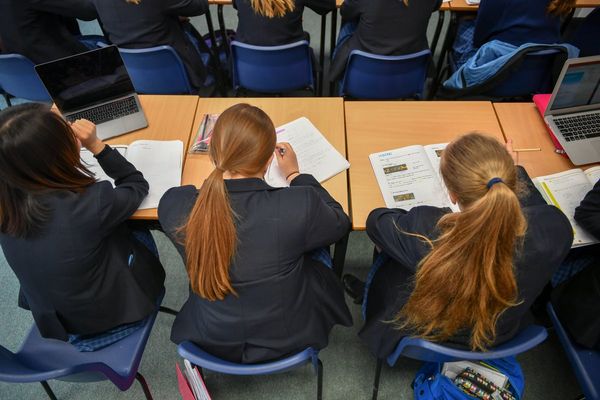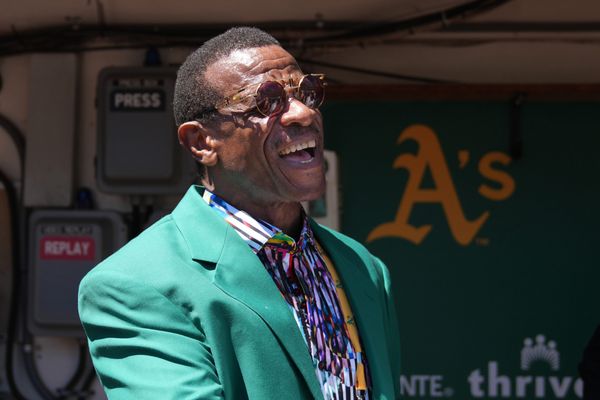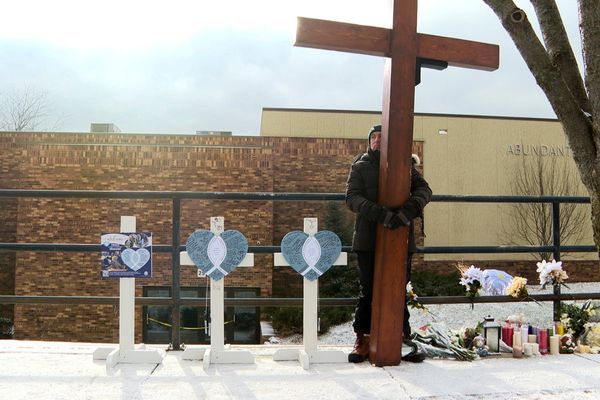
“Only a Labor government will take real action on climate change,” the NSW opposition tweeted last year, tagging leader Chris Minns.
It’s a line that would go down well with national voters, but on a state level after a decade of climate-ambitious Liberal leadership, it hits differently. Add in the climate-minded teal independents looking to replicate the 2022 federal success in several state seats — including the NSW climate minister’s seat of Manly — and the question really gets interesting.
So do the NSW Liberals care more about the climate than NSW Labor? Let’s delve in.
Emissions falling, not fast
The NSW government under former premier Gladys Berejiklian was one of the first Australian jurisdictions to commit to net zero emissions by 2050 (South Australia, ACT and Victoria before it), though crucially, the 2016 promise was not legislated nor is it legally binding nearly seven years on.
But that doesn’t mean it ended up in the graveyard of lost political promises. Indeed NSW is on track to halve its emissions from 2005 by the year 2030 as per independently peer-reviewed modelling, Treasurer Matt Kean said in December.
However, progress has been historically rather slow. Just three years ago NSW was forecast to reduce emissions by only 13% on 2005 levels by 2030.
The Kean outlier
It may also be worth noting that Kean, who was energy and environment minister before a reshuffle, has been somewhat of a mouthy Liberal outlier on the climate front, a far cry from the climate deniers who riddled the Morrison government.
In August 2021, Kean made headlines when he all but urged Liberal voters to defect in the federal election if they felt dissatisfied with the Morrison government’s climate inaction (though it seems he’d long had an enemy in then PM Scott Morrison).
“It is our responsibility when we purchase things for our homes, when we choose where to invest our superannuation, when we decide who we bank with, and when we decide how to vote at the ballot box,” Kean told climate conference Better Futures Forum, raising eyebrows.
In December 2021, Kean’s portfolio was renamed environment and heritage — and Manly’s James Griffin took the reins while Kean was promoted to treasurer.
Last month, however, it was Kean who announced a newer goal of a 70% reduction in emissions by 2035 — which, he said, would attract more than $39 billion in private investment, “support” 13,000 jobs and put downward pressure on energy prices amid Russia’s invasion of Ukraine.
“Now’s the time to reduce our reliance on energy sources that can be taken hostage by authoritarian regimes and switch to locally made renewable energy to build a cleaner future and protect our energy security,” Kean said.
Compare the Coalition’s 70% goal with Labor governments in Victoria (the long-time Andrews government is aiming for a 50% reduction on 2005 levels), coal-rich Queensland (the Palaszczuk government’s goal is a 30% reduction), and South Australia (the Malinauskas government’s goal is a 50% reduction). Neither Western Australia nor the NT has a 2030 goal.
The eons more ambitious (though significantly less populous) Tasmania — the only other state jurisdiction held by the Liberals — is aiming for net zero by 2030.
Labor’s challenge falls flat
In November 2021, NSW Labor went one step further, vowing to enshrine in law its target of a 50% reduction in carbon emissions on 2005 levels by 2030. Minns dared the Perrottet government to match the promise, but it didn’t.
In the same breath, Labor also promised to establish a net zero commission which would develop the plan to net zero by 2050, monitor and review the plan and trajectory — keeping one eye on jobs, industry, and energy prices.
Minns said he took inspiration from “similar approaches already taken in Victoria and the ACT”, and declared the bill, which provides business and industry with “certainty”, as “very reasonable”.
“The net zero commission will guide the state’s efforts to reduce carbon emissions and develop action plans across industry sectors to address climate change and job creation, including in the built environment,” Labor’s climate change and energy spokesman Jihad Dib added.
Charging up NSW
Last March NSW Labor also announced $10 million to fund the rollout of electric vehicle charging outlets, covering at least 50 charging stations in the state.
“What we see in NSW is stagnation of electric vehicle policy. What Labor is willing to do is put $10 million on the table to ensure we have infrastructure around the state,” innovation spokeswoman Yasmin Catley said.
The NSW government, wishing not to be outdone, pledged an additional $38 million for electric vehicle chargers in its 2022-23 budget — including $10 million to co-fund kerbside charging points, $10 million to co-fund 125 medium and large apartment buildings, and $18 million for more EV fast-charging grants (which will see charging points at stations increase from four to eight).
As it stands, climate expert and former climate and energy program director at The Australia Institute Richie Merzian said, the NSW government has a better EV policy than the Andrews Labor government in Victoria, let alone the state opposition.
“I do think the NSW Liberals’ Matt Kean has gone out of his way to build a broad church coalition to create renewable energy zones, push ahead with targets, and create a much better electric vehicle policy than NSW Labor,” Merzian, a former government representative to the UN climate change conference, told Crikey.
“Right now, the NSW election doesn’t seem like a competition of ideas on climate, it seems like a concession to the Liberal leadership to date.”
A flood of emotion
However, if natural disaster relief falls under the climate banner, the Perrottet government has fallen woefully short during the past 12 months of floods on the east coast.
Just a fifth of the $1.6 billion promised to flooded Northern Rivers communities has been paid out by the Perrottet government as of January 18, according to data from Service NSW — a total of $322.2 million.
In total, according to a state government spokesperson, $877 million worth of individual grants have been paid to households, primary producers, rural landholders and small business owners in the past 12 months.
But thousands of people in NSW remain in limbo thanks to the consecutive onslaught of flood disasters in several communities. An emotional former police officer confronted Perrottet in Eugowra in November, saying the town was faced with a practical “tsunami” during the floods.
“We’ve had no food, no clothing, no one telling us what is going to happen next,” he said. “If you’re still in Parliament next year, I want a personal date with you in your office or my house … I’ve had a gutful.”
Time will tell.







